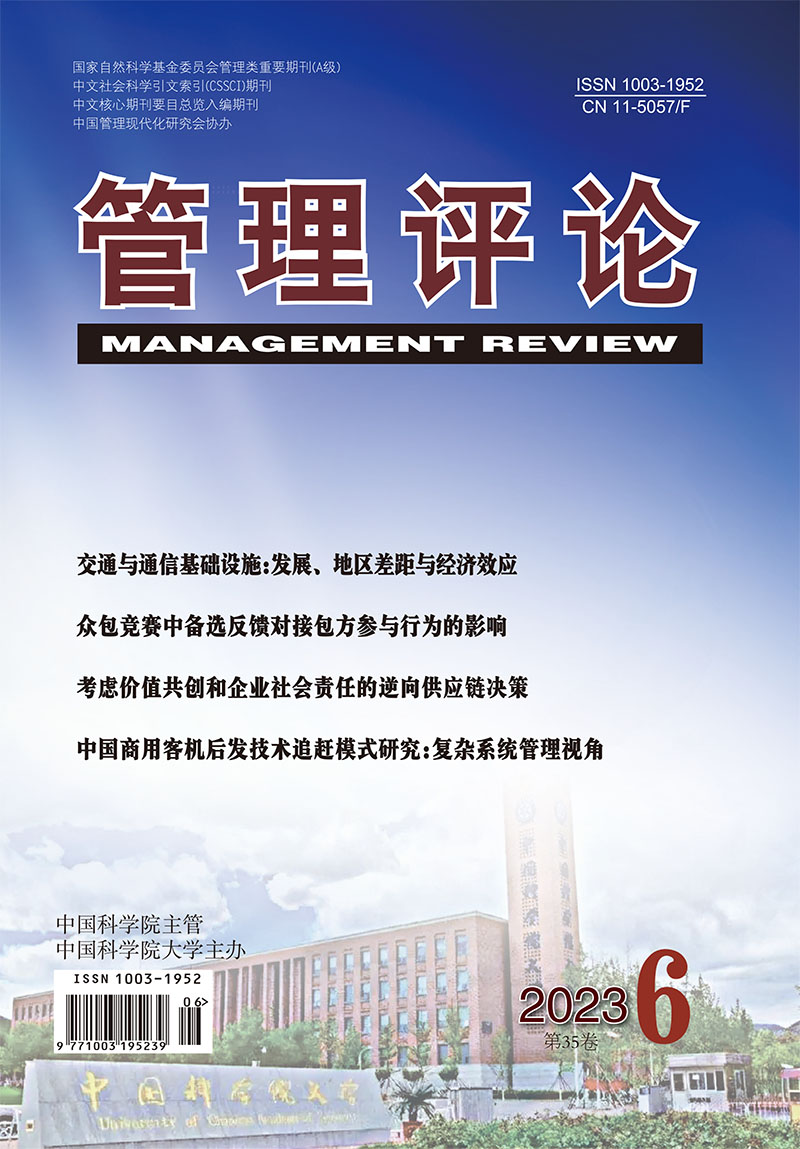|
|
Impact of Alternatives Feedback on Participation Behavior of Outsourcees in the Crowdsourcing Contests
Bi Gongbing, Huang Huijuan, Xu Yang
2023, 35 (6):
233-247.
In the crowdsourcing contests, the outsourcer, as the demand initiator and decision maker, can influence the participation behaviors of outsourcees through information feedback. This paper studies a novel feedback mechanism of how alternatives feedback influences outsourcees' participation behaviors later on. We collect 454 samples from the platform “Zhubajie”. In order to analyze the net effect, we obtain the experimental group (with alternatives) and control group (with no alternatives) by adopting the propensity score matching (PSM). At last, we get 2,698 unbalanced panel data in days. Based on these samples, we construct a difference-in-differences model, and the results suggest that alternatives feedback in process has a negative effect on outsourcees' willingness to participation, and the effect on low-skilled outsourcees is greater. However, the feedback can increase the average number of submissions of a single outsourcee, which indicates the feedback mechanism will motivate outsourcees to make greater efforts. In addition, after considering the moderating effects of prize attractiveness, the number of alternatives and transparency of contests, we find that prize attractiveness has no significant effect on feedback results, and by contrast, the less alternatives and the more transparent contest outsourcees face, the more significant effect feedback will have on outsourcees' skill level, but the effect of feedback on outsourcees' willingness to participation is not influenced by these factors.
References |
Related Articles |
Metrics
|

